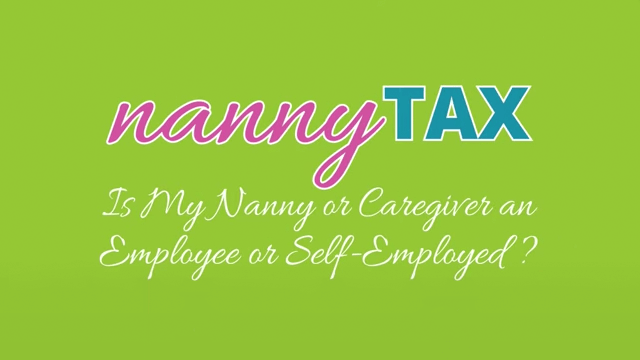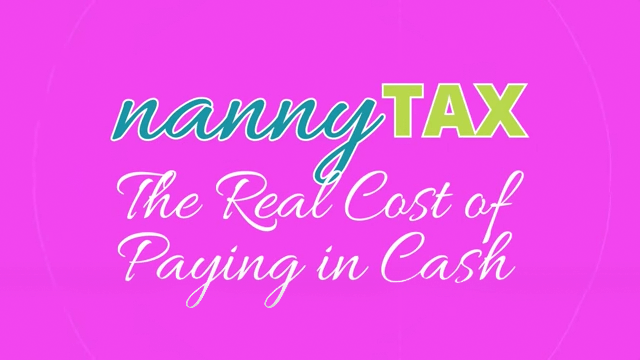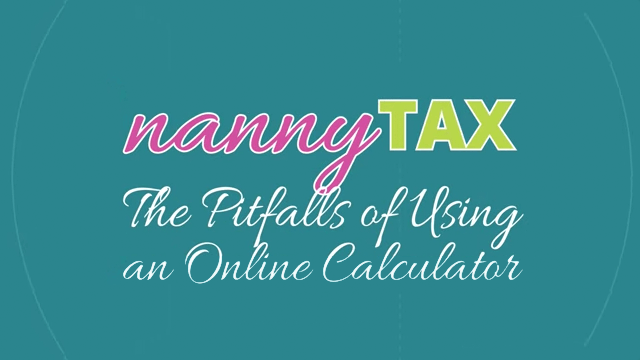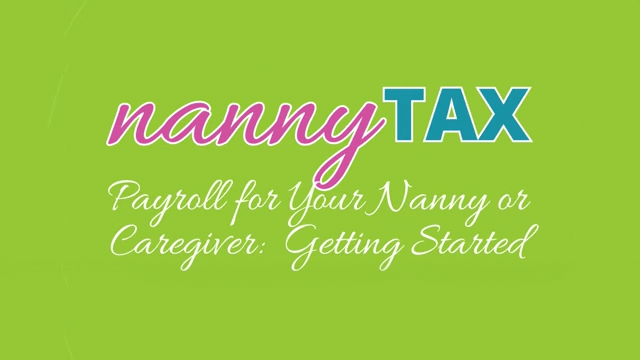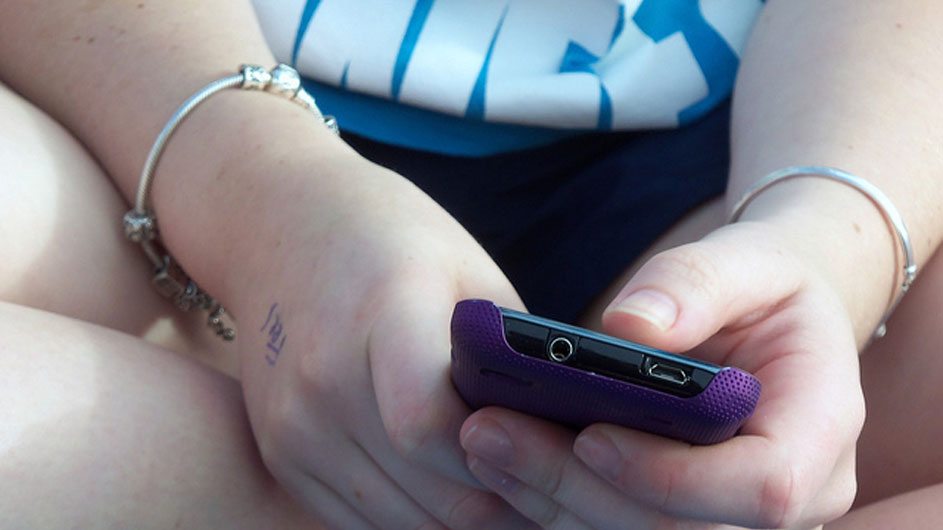
Keeping Your Teen Safe on Social Media
Thanks to today’s technology, it’s very common for pre-teens and teens to have personal accounts on social media. A recent American study found that 94% of teens had a Facebook account, each with an average of 425 Facebook Friends, and it is likely that statistics for Canadian teens are similar.
As a parent, you want to give them their personal space, allow them to connect with their friends outside of school, and show them trust. On the other hand, social media can be scary. The following tips and suggestions can help you keep your kids safe, while still letting them have their social media accounts.
Know Which Sites/Apps Your Kids Use
Many parents are in the dark about what apps and sites their kids use. If you don’t know which sites your kiddos have accounts on, you need to find out. Different sites and apps have different uses and capabilities. Facebook for example allows you to share comments, photos, videos, “check-in” at your current location, send private messages, and more. Depending on privacy settings, strangers may be reading all that info your child posts, but we will cover more of that later.
Some apps that a scary number of kids are on mainly used for virtual flirting and dating. If you aren’t sure what an app does or what it is for, do a simple web search. You’re the parent, and if there is something about it that makes you uncomfortable, have your child delete it and deactivate their account.
Know Their Passwords
Have an open password policy. Let your teen know from the beginning that you will be checking their account, computer, and/or phone sporadically. Some parents set the passwords for their kids and never tell them what it is. They log their teens on and off the app, and never let their child on without permission. Others set a time limit, such as 30 minutes per day if all homework is finished. Whatever works for you and your kid is fine, as long as it keeps you both safe and you’re comfortable with it.
Friend/Follow Them
If your teen has an account, you should too, even if you never plan to use it for yourself. As their “friend” or “follower” you can see what everyone else can see. You won’t have to wonder what’s on their page or profile, as you can see from your account.
Up Those Privacy Settings to Their Max
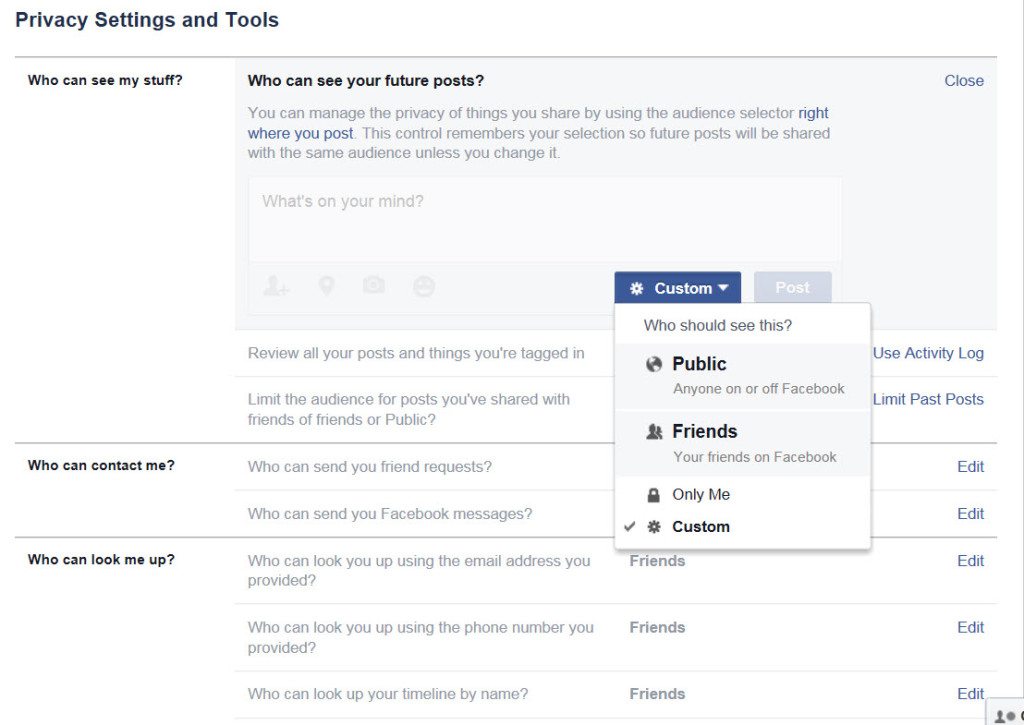
Go to account settings for each site or app, and up privacy settings to their max. If there is a box to keep their profile private, check it. Facebook for example will allow you to control who sees photos and posts, such as everyone on the web or only friends. Go through every section of the account and privacy settings and look for anything you might have missed. A private closed profile is much safer than one open to the 7 billion people on the planet.
Have a No Strangers Policy
Do your kids need 425 Facebook friends? Unless they are all related to your family, probably not. Have a strict no strangers policy. If they aren’t related or close real life friends, they don’t need to be a virtual friend. Limiting their number of online friends can reduce the likelihood of cyberbullying, and keep predators from gaining access.
Talk About Cyberbullying and Keeping it PG
Cyberbullying is serious. It has ruined lives, taken lives, and you don’t want your family involved in any shape, way, or form. Talk to your kids about cyberbullying, both about what happens if they become a victim or if they are the bully. Stress how important it is that they tell you if something bad happens online, and the punishment if you find out that they participated in teasing others. Will they be grounded? Will they have to delete their account permanently? Put this rule in writing and have them sign that they understand.
Go over the facts of cyberbullying. According to the Stop a Bully site, 38% of Canadian girls online report being bullied, as did 26% of online boys. This most commonly happens when an email, a text, or a private message is posted online for everyone to see, and no longer becomes private.
Another thing you have to worry about as a parent, is if your teen is keeping their online identity and profiles PG. If they know you are going to look and check, they are more likely to think before they act. When it comes to adult language and again cyberbullying, tell them that if they wouldn’t say it to YOU then they shouldn’t say it to others. You might want to write that down with them too.
Stay Involved on Their Page
If you do have your own account, stay active on their profile. Leave comments, hit the Like button, retweet, and show some parental love. If their friends see you active on the account, they are more likely to keep it clean and polite.
Warning Signs Your Kiddo May Be in Trouble
Even when you do everything right, your kiddo may still have a bad experience on social media. If you even suspect that there may be something negative going on, do some digging. You may also notice changes in your teen that can be a warning sign of an issue:
- Is your teenager even more moody then normal?
- Are they secretive with what they are doing online?
- Do they turn the screen off when you walk in?
- Do they spend a lot of time talking to someone you don’t know in real life?
- Have they changed their password without telling you the new one?
- Do they act upset after they have been online?
- Are they clearing their browser history often?
Remember, it’s better to act now and make sure that they are okay and being safe online. Talk to them, ask questions, look through their accounts together, and make changes about the rules if needed. If you think your child is being bullied online, the Stop a Bully website above and the Royal Canadian Mounted Police are both great resources for information and help.
Photo courtesy of Summer Skyes 11 on Flickr.






